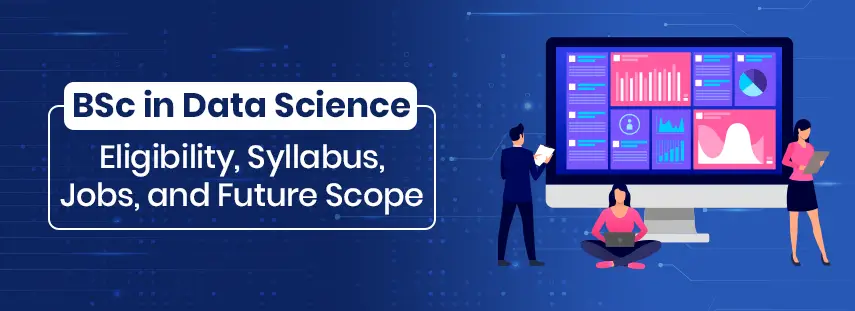Join As Students, Leave As Professionals.
Develearn is the best institute in Mumbai, a perfect place to upgrade your skills and get yourself to the next level. Enroll now, grow with us and get hired.

Document Databases, Explained
Explore the world of document databases and their flexible, schema-less methodology. Learn how document databases have become a crucial choice for contemporary data-driven applications, offering seamless scalability and efficient management of unstructured data.
Data science
Document Database
Education
Coding
Develearn
3 minutes
September 24, 2023
Loading content...




